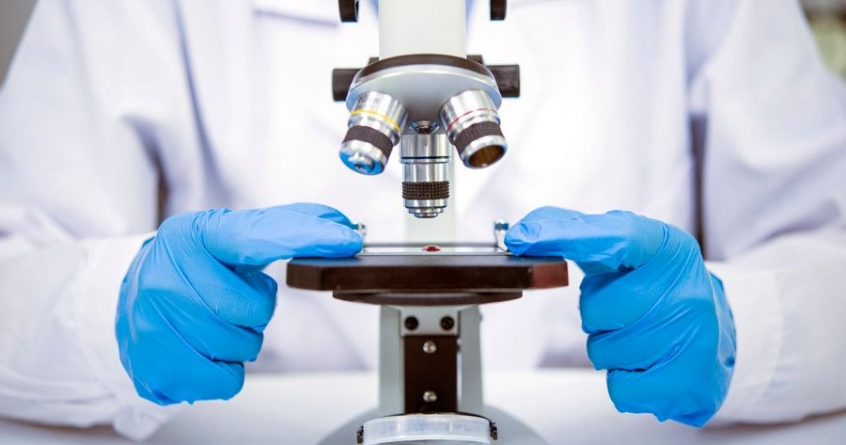We can now peer inside cells and genes in a way that sounds like pure science fiction. Honestly, I feel some of our best medical research is getting near to the centre of life itself.
One project is looking at the impact of drugs on the genes deep inside cells.
We have life-saving drugs that interact directly with DNA to treat diseases such as cancer but scientists had struggled to detect how and why they worked – until now.
Each year, millions of cancer patients receive treatment with gene drugs, such as doxorubicin.
But despite decades of clinical use and research, how the drug acts on a gene at an intimate molecular level is still not well understood.
“Lots of life-saving drugs directly interact with DNA to treat diseases such as cancer,” says co-first author Dr Jochen Spiegel.
“Our new method can precisely map where drugs bind to the genome, which will help us to develop better drugs in the future.”
The University of Cambridge researchers have outlined a new DNA sequencing method that can detect where and how small molecule drugs interact with the targeted genome.
“Understanding how drugs work in the body is essential to creating better, more effective therapies,” said co-first author Dr Zutao Yu from the Yusuf Hamied Department of Chemistry.
“But when a therapeutic drug enters a cancer cell with a genome that has three billion bases, it’s like entering a black box.”
A light is being shone on this mysterious world of genes by a new powerful method called Chem-map.
It allows researchers to map, inside an individual cell, where the drug binds to the gene’s DNA or DNA-associated proteins.
The team used human leukaemia cells and Chem-map to locate the direct binding sites of the widely used anti-cancer drug doxorubicin.
“I am so proud that we have been able to solve this long-standing problem – we have established a highly efficient approach which will open paths for research,” said Dr Yu.
Research leader Professor Sir Shankar Balasubramanian said: “Chem-map is a powerful new method to detect the site in the genome where a small molecule binds to DNA or DNA-associated proteins.
“It provides enormous insights on how some drug therapies interact with the human genome, and makes it easier to develop more effective and safer drug therapies.”

